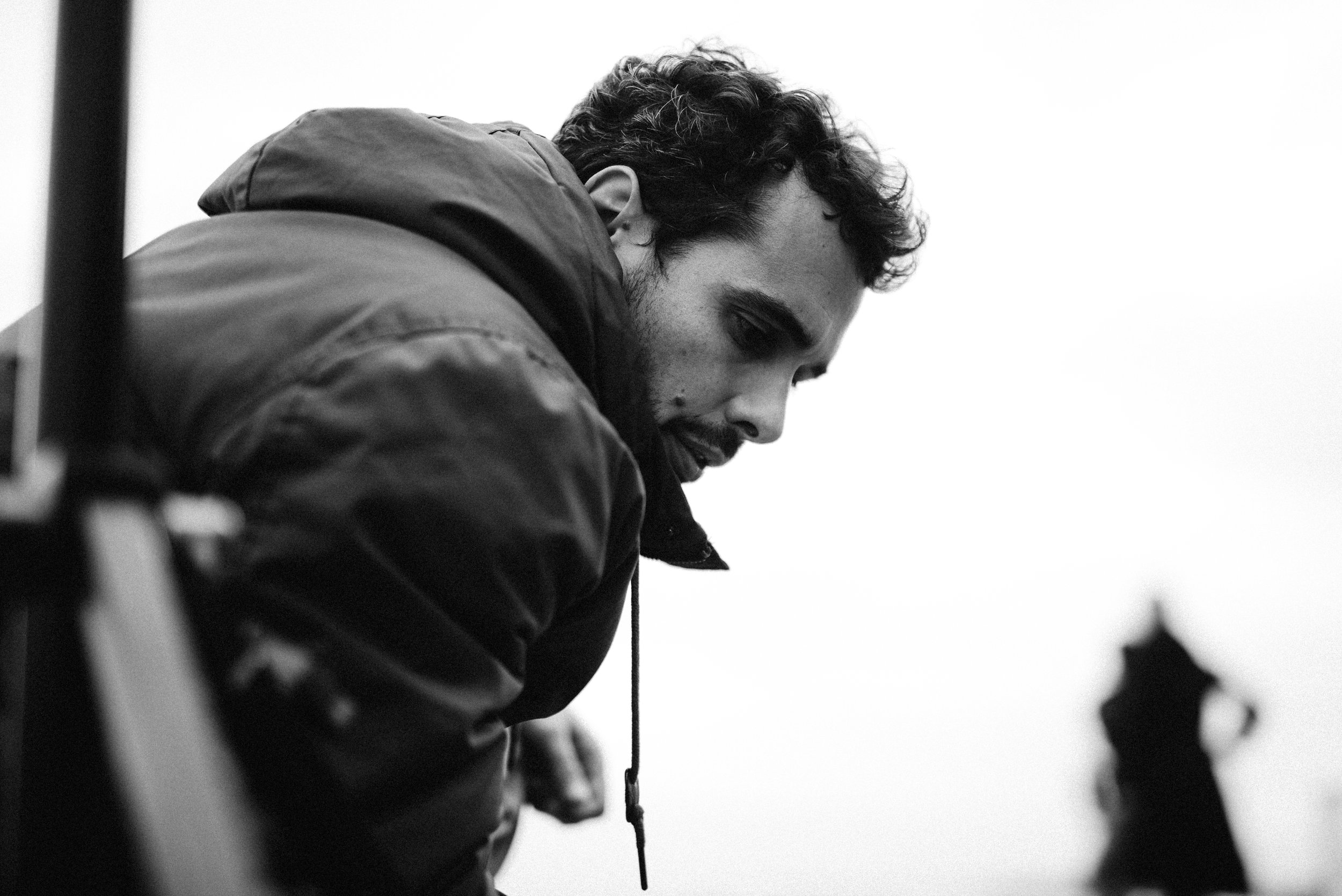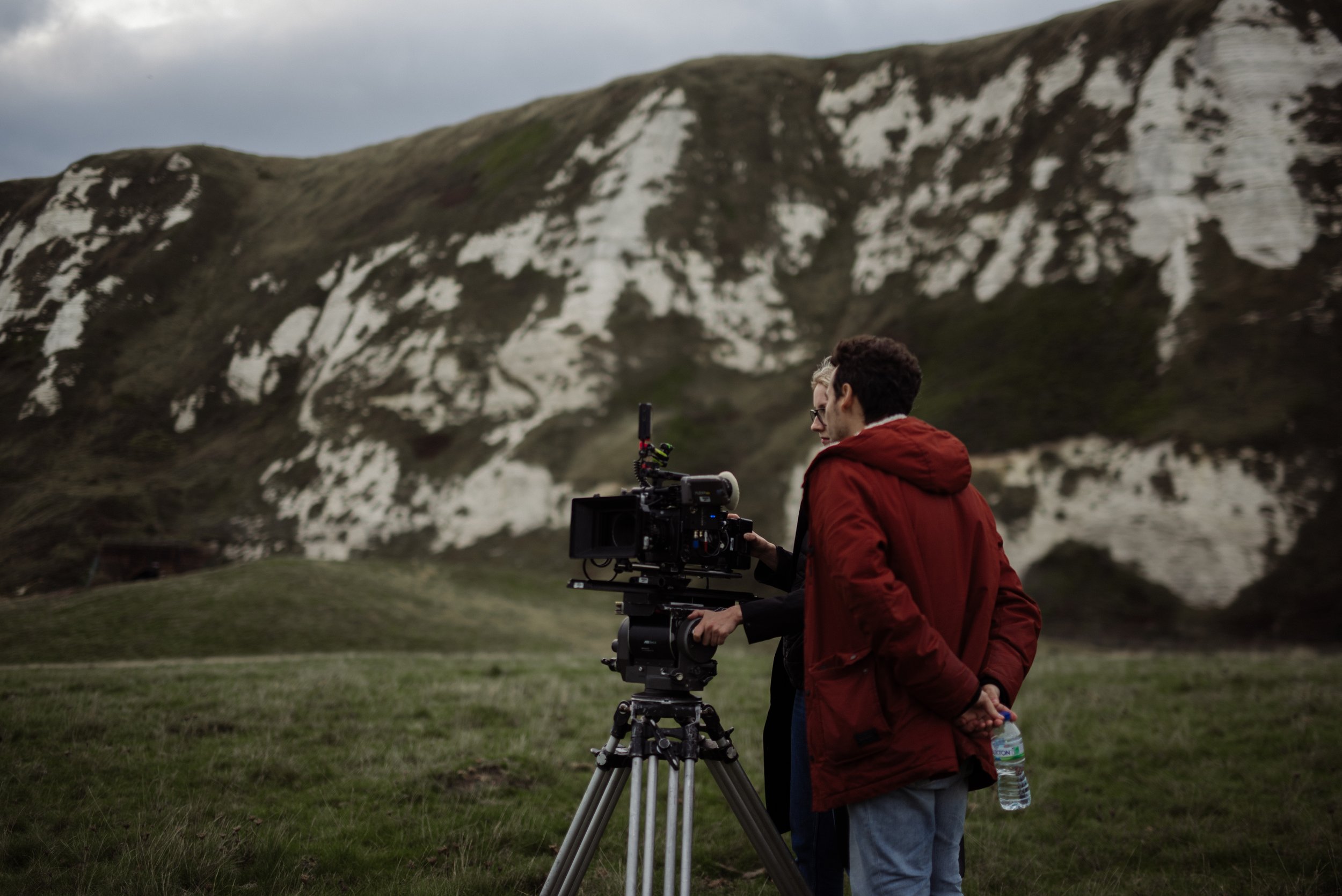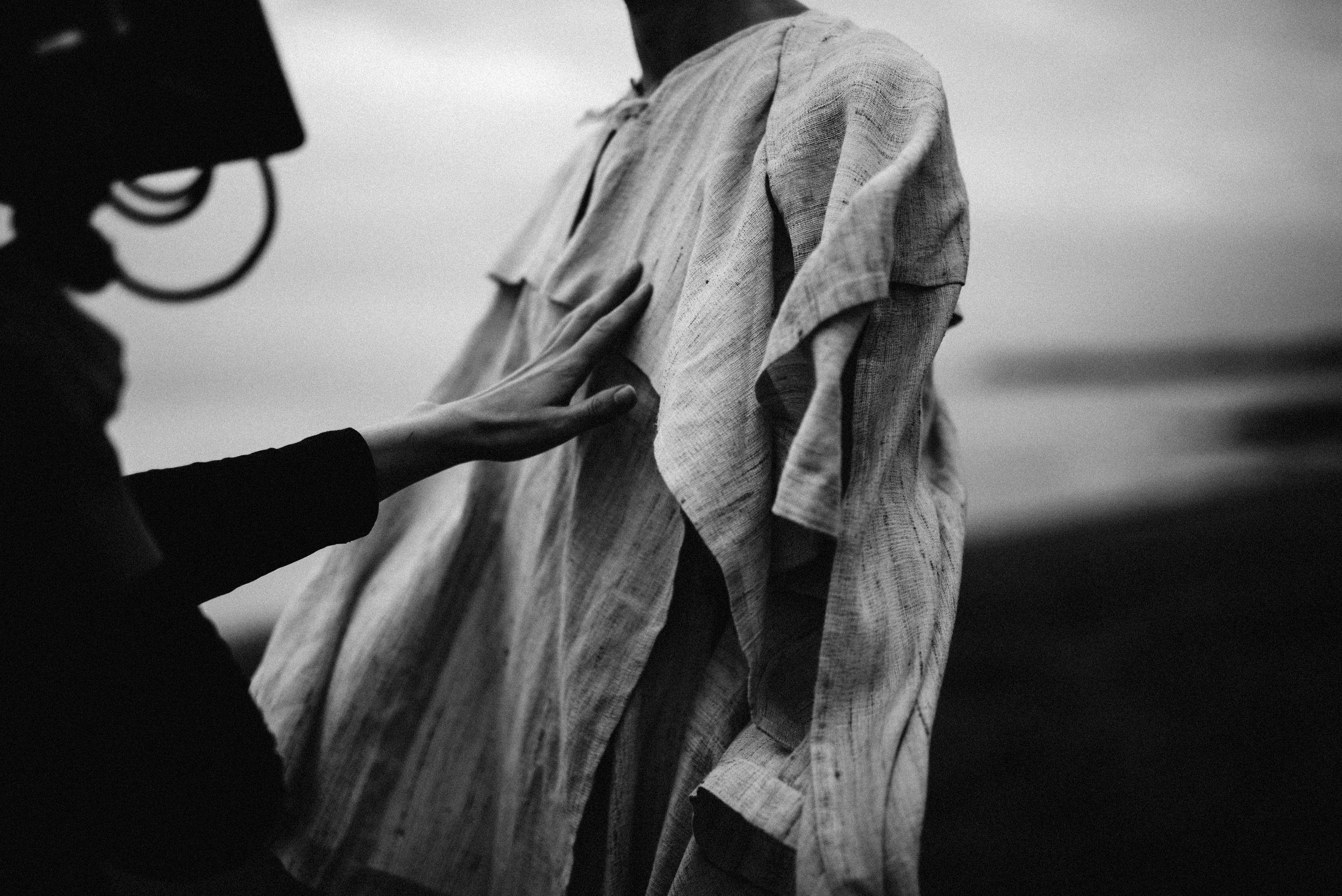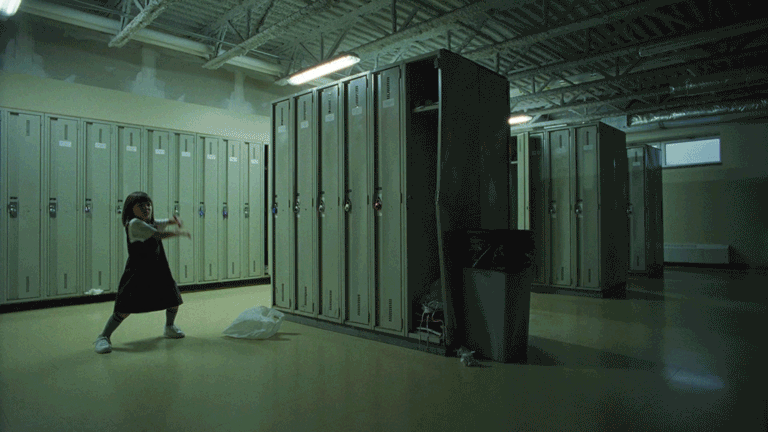
50/50
Capturing Character
vincent rené-lortie x nono
VINCENT RENÉ-LORTIE | Director at Telescope Films based in Montreal
X
NONO | Director based in London
NONO I was so impressed with the dance film. I was shocked when I saw the little kid. I always struggle to direct kids. You can play with them, but at the end of the day, they are kids. But in this one, she and you were so connected.
VINCENT It’s easier for me to work with kids than adults because I treat them like adults. Sometimes there are power dynamics that happen between adults when you’re on set. With kids, it’s just an honest kind of collaboration. With Addie, I treated her like an adult. I wasn’t trying to talk to her like a kid or anything like that. What was your collaboration with Toke?
NONO I wanted to shoot a dance film, but at the same time his story is powerful. He’s really strong. I decided to mix the dance film with a documentary approach, telling his story with his voiceover. I used to be a journalist, so I wanted to talk with him about really deep issues, but didn’t want to feel that he would be overexposed. At the beginning of the process, the beautiful choreography was kind of soft and delicate. I thought it was beautiful, but we were going to talk about deep topics so we needed to capture the anxiety when he’s stuck in his mind and blocked. I wanted him to be more aggressive.
VINCENT You start and end your video with a long zoom shot of almost one minute. I loved that shot and felt that the music amplified the mood. Were you planning to do long zoom shots at the beginning? And how do you work with your composer? Do you work before shooting?
NONO I love slow zooms. It’s something that you can never do in commercials. [In this film,] you are inside of his mind. So it’s a way to go in and out of his mind. [For the music,] I hate when there is a song just to have a song. I think the song should be linked with the image.
VINCENT I think the music connected with the character as well. Did you also plan all of the effects before?
NONO So that was one of the shots I wanted to do… Yes, that was planned.
VINCENT It was done in such a unique way. The weirdness and aggressiveness of the dance fit those movements. It was eccentric. It made the full thing so intense.
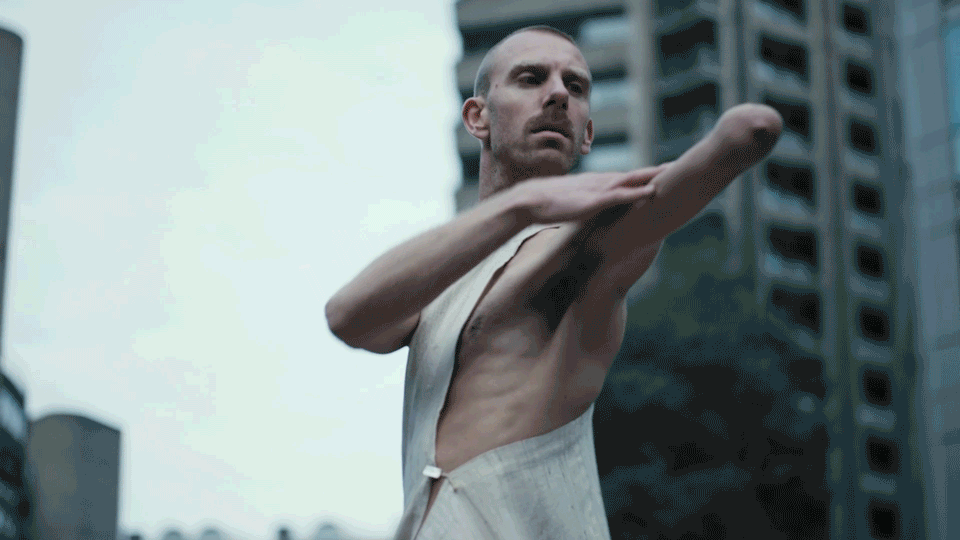
NONO I want to ask you about your locations.
VINCENT It’s interesting because I think that when you’re from a city or a country and you’re born there and you live all of your life there...like me, for example, I feel that my city sometimes gets a little bit boring. If I see it in a movie, I know what it is, it’s nothing new. Wherever you’re from, you always look at your neighbor and you always find it prettier.
NONO I’m exactly like you. If you don’t have time to do proper scouting, the film is not going to be good enough.
VINCENT We had to work with many restrictions, so I tried to use those as creative accessories.
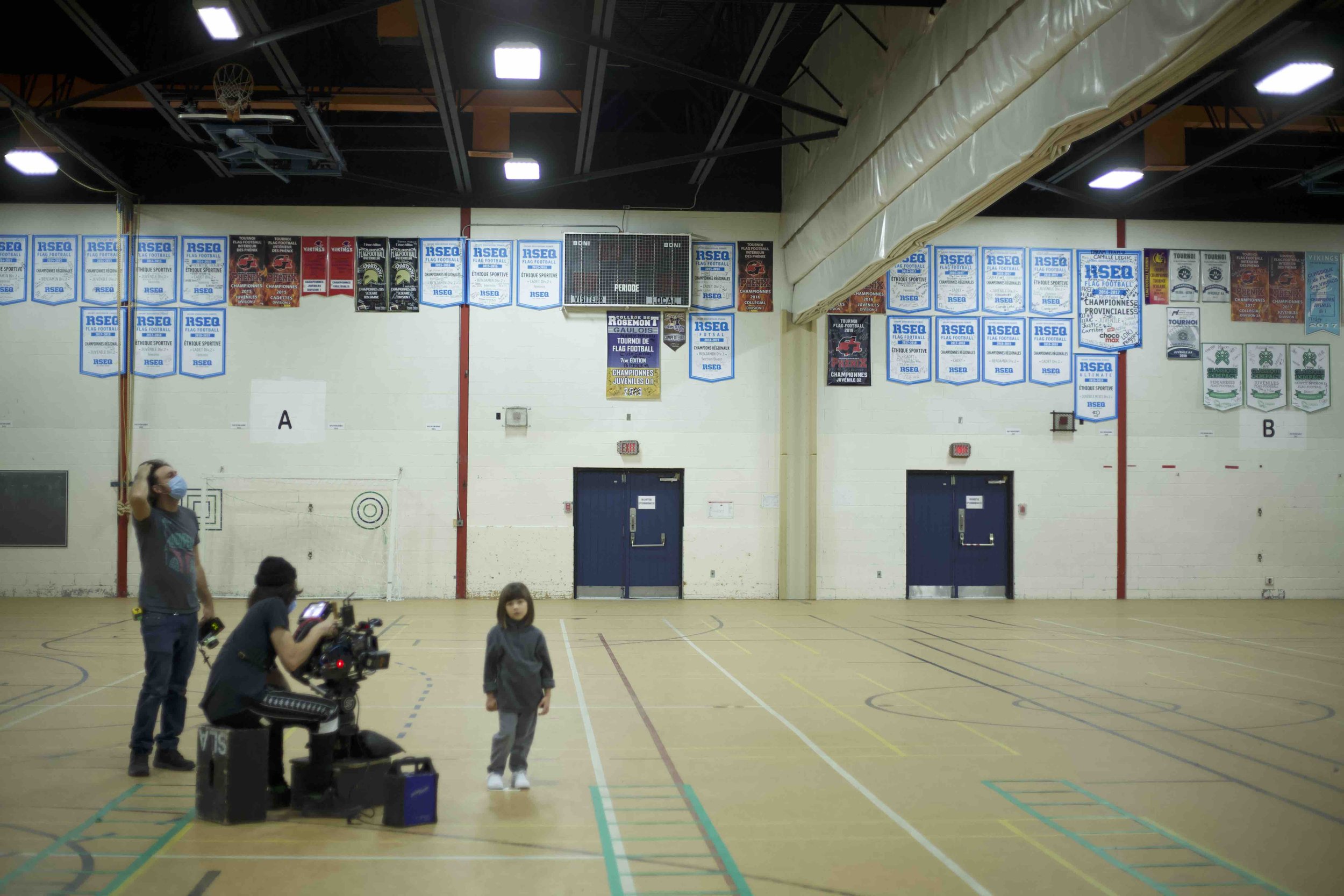
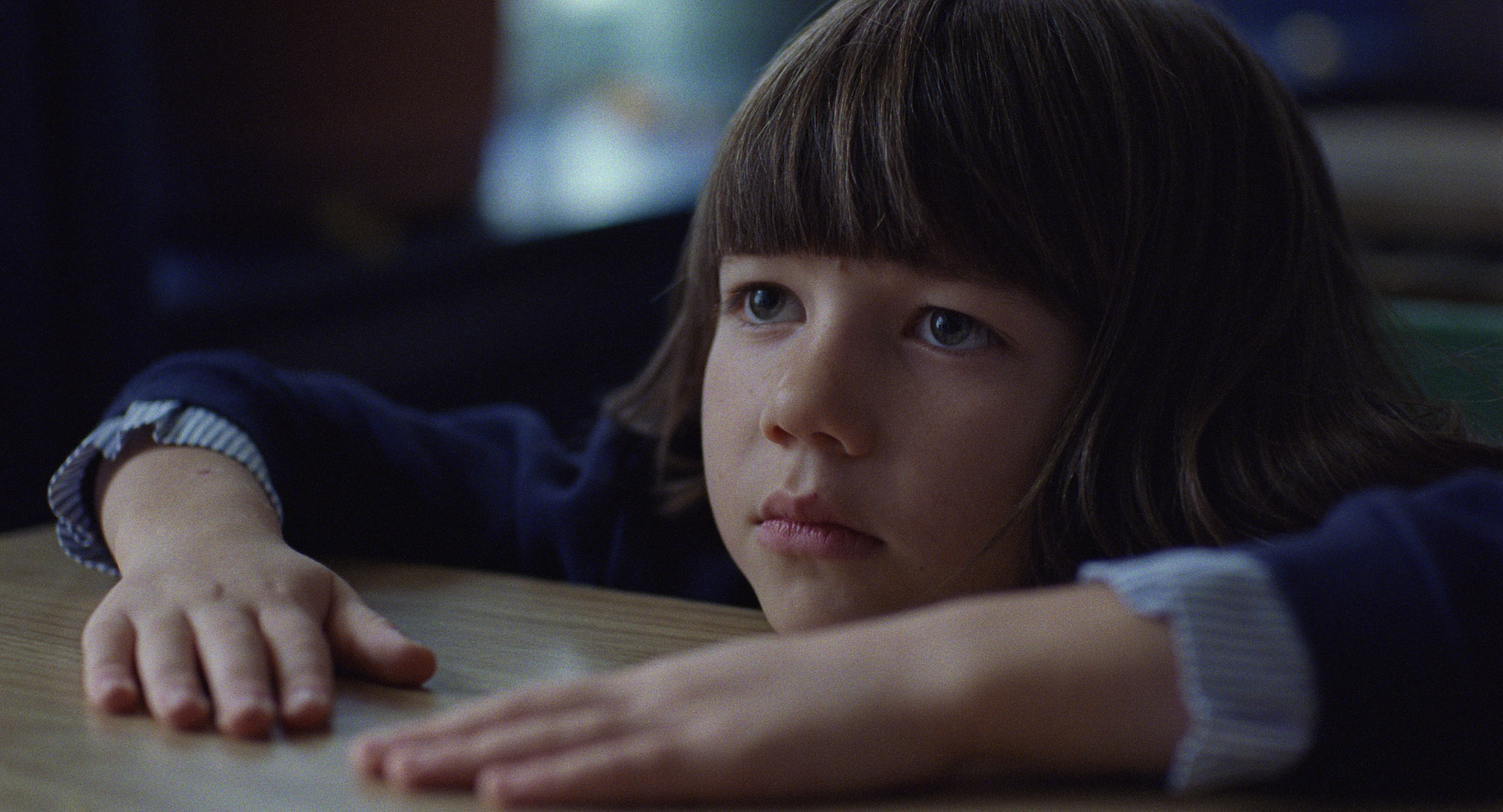


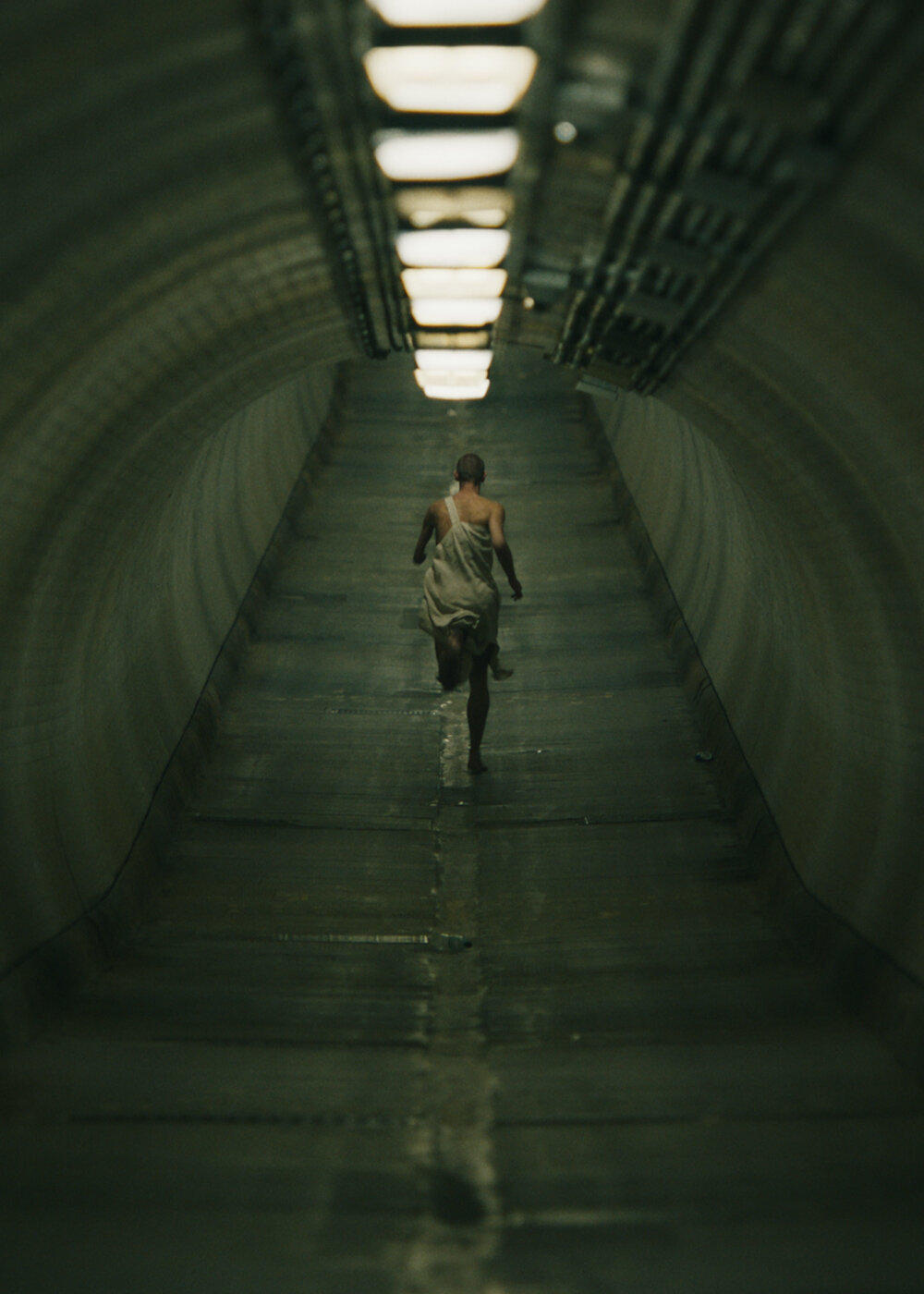

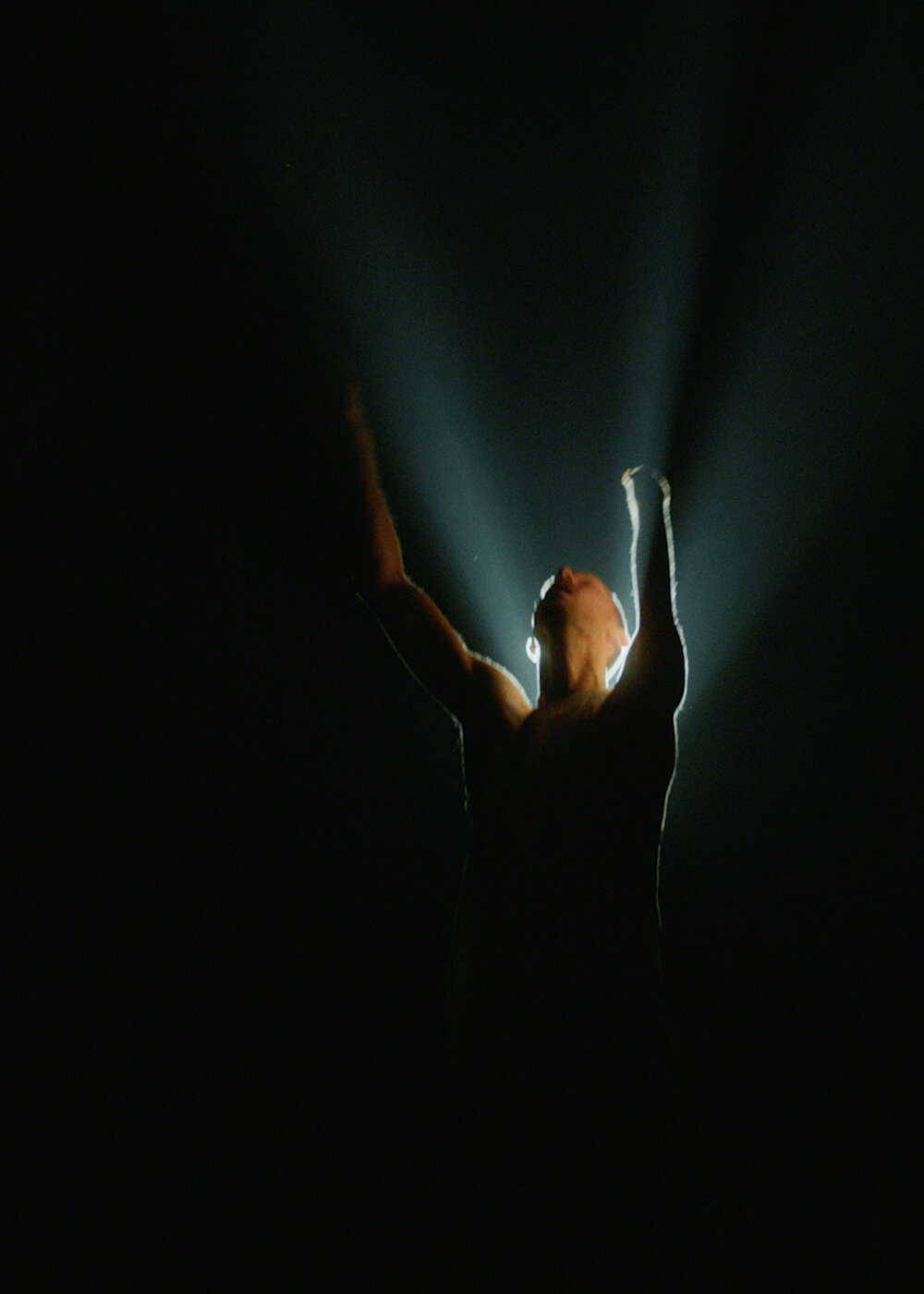

“I think in both of our films it felt like the person we were working with had something really honest to say and were really involved and passionate about what they were doing.”
- VINCENT RENÉ-LORTIE
NONO Your film looks super cinematic. It’s like a movie.
VINCENT I’ve been working with the same cinematographer (Alexandre Nour) for years now. We understand each other and we have a good connection. At the same time, we know how to argue. We know each other well so it felt natural to do this project with him. It’s hard to answer why the project looks like that. I think that Alex has a special eye, he’s good at finding a good frame. I’m not sure what to say about that because it's just the connection with him. It feels like we know what we will do, we talk about it a lot in prep. And for “Sit Still,” we were really discovering on set.
NONO This project was meant to break the process. We can do whatever we want. That’s freedom. We need to embrace this freedom and use this freedom to do something nice. Having this flexibility and this freedom pushes you to do something great.
VINCENT I knew it would be a passion project, and when I do passion projects they require so much energy. It’s so intense and it takes a lot of my time, so I wasn’t sure. I wanted to have a really good idea before saying yes. It was one of the smoothest experiences I’ve ever had. Everybody was nice, it was actually fun. I learned a lot of things from Addie, from that whole experience. I don’t think there was a big challenge in the film.
NONO I think the magic that both our films have is that we were lucky enough to have really good dancers and good people. I was lucky because of Toke, he’s a special person, a special dancer, and he was so generous to open up so much of his life to the world and the film. I have thought a lot about it. Toke was so generous.
VINCENT I think in both of our films it felt like the person we were working with had something really honest to say and were really involved and passionate about what they were doing. That and the fact that we both had a good connection with them. Which is not always easy, and I can’t say that about everything I have done.
“I wanted to shoot a dance film, but at the same time his story is powerful. He’s really strong. I decided to mix the dance film with a documentary approach, telling his story with his voiceover. I used to be a journalist, so I wanted to talk with him about really deep issues, but didn’t want to feel that he would be overexposed.”
- NONO


